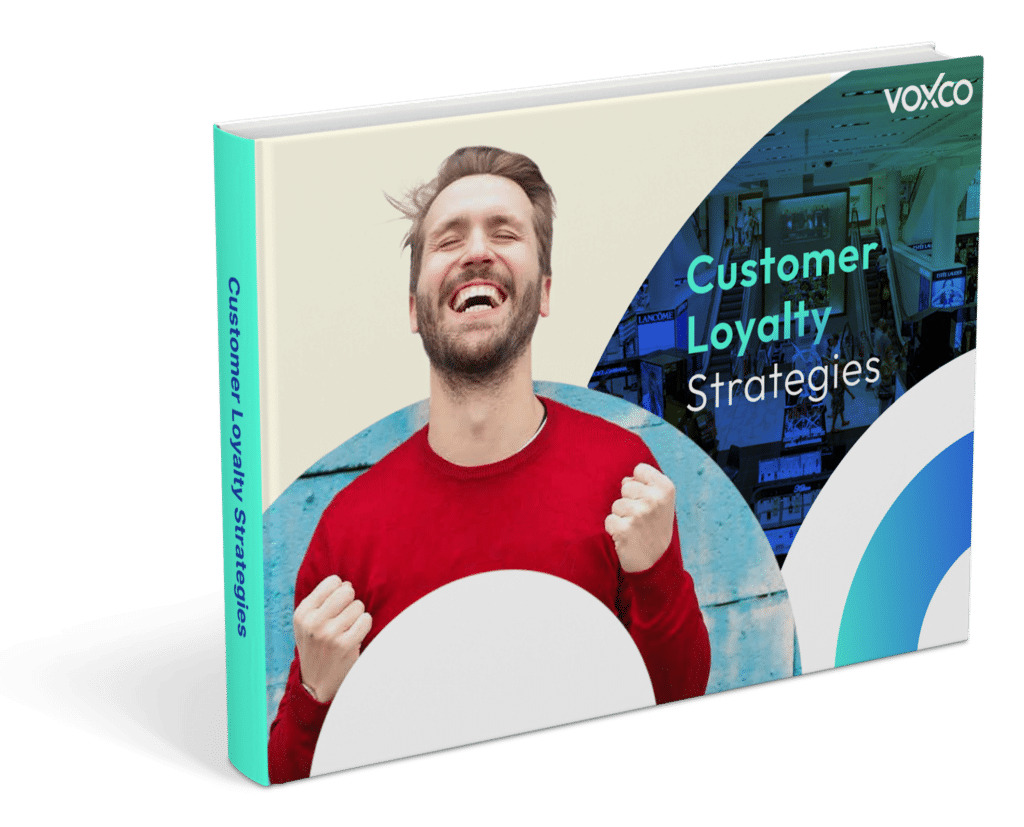Customer Lifecycle solutions

Marketing & Customer Analytics
Traditional marketing has been focussing on the volume of the customer base. Over time, firms have realised that every customer is not equally valuable for the firm. This has led most companies to follow a segment-driven strategy, whereby the focus has shifted to creating a relationship with the right customer who will provide the maximum value to the firm. This has resulted in the adoption of analytical and data-driven strategies that facilitate a deeper understanding of customer need and the intrinsic value of each customer.
Closely related to this customer-centric thinking is the idea of the customer life cycle. Marketers across industries have started to adopt the customer life cycle approach, whereby the focus is on effectively managing the entire customer life cycle and not look at marketing processes in isolation.
Data is the central piece in driving a customer centric life-cycle management strategy. Today a very important driver of the value of a firm is the wealth of information that it has about its customers. Knowing every possible information about the customer is the holy grail of data driven marketing. The completeness of information about the customer – the 360 DEGREE view is the ideal goal that every organization strives to achieve. But like every ideal state we could only go closer to it but will never be able to have the ideal complete view – we will always be less than 360 – closer to 359.
Data Science aided by Machine Learning models and in-depth business analysis are tools to leverage customer data to drive life-cycle marketing

Customer acquisition analytics
Acquisition is the first step in the long-term relationship between the firm and the customer and hence, is critical in creating a long-term enduring and profitable relationship. Data plays a crucial role in identifying the right prospects and targeting them with the right offer through the right channel.
We leverage a combination of internal and external data (including unstructured data) to build unsupervised models to segment the prospect universe and supervised models to identify prospects who are likely to respond to acquisition offers. In addition, we also leverage external data and geo spatial data to segment micro-geographies with respect to current and future potential for a given product or service. We overlay such geo potential maps with existing market share and growth rates to identify untapped expansion opportunities
Usage enhancement (and optimization) analytics
Usage management involves influencing demand related customer behaviours of activation, spend and loyalty. Customer management programmes focussed on enhancing usage are formally practiced in retail, telecom, financial services, hospitality, and travel & entertainment industries. These programmes are key to delivering profitable growth in these sectors as usage management programmes have a direct correlation with customer lifetime value.
We leverage data across all customer touchpoints to identify usage and customer preference patterns. We build extensive customer data marts to obtain a complete view of the customer. Such data marts help us understand usage pattern and suggest context and customer specific offers which enhance both usage revenue and customer experience. We leverage state transition models, unsupervised models and supervised models for the same. One of the most widely used and yet effective way of driving usage-based segmentation involves RFMC (Recency, Frequency, Monetary value and Continuity). We help create a customer DNA and RFMC micro-segments to drive contextual marketing.
Loyalty analytics
Loyalty analytics has both qualitative (satisfaction and patronage) and quantitative (usage and tenure) dimensions. Furthermore, the relationships between loyalty, profitability, satisfaction, and retention are important to evaluate as they are all inter-linked. However, with price discounts becoming the order of the day, loyalty is at risk as shoppers. look for the best deals.
We help organizations understand the channel, offers and customer segments that can be tapped to enhance loyalty registration, we do this by using store, geo and customer level segmentation and response models. Once a loyalty member is on board, we build RFMC (Recency, Frequency, Monetary value and Continuity) micro segments using a semi-supervised modelling approach (considering past behaviour and probability of future usage enhancement or inactivity). Like usage management we create customer DNA which helps in hyper personalization. We also help identify risk of inactivity and reactivation strategies through predictive models. In cases where multiple offer constructs are involved for any loyalty or customer management program, we help create design-of-experiment based strategies for testing various offer combinations.
Cross sell and up-sell analytics
As a business strategy, cross-selling has transformed rapidly over the last few years, from unstructured selling to a sustainable revenue model. with dedicated teams, systematic processes, and investments to support profitable growth. An effective cross-sell strategy requires an integrated view of the customer and a far-sighted customer-centric marketing approach.
The very nature of an up-sell strategy suggests that up-sell offers would naturally be made to be the “most valued” customers. In most cases, an up-sell offer to a customer is preceded by one or more cross-sell offers and at times the two are used interchangeably. Up-sell is often used for usage enhancement in the form of product upgrades.
To understand the efficacy of cross-sell within the organization, we help create cross-sell matrix and track number of products per customer. We build supervised models using traditional transaction data and non-traditional data to understand probability of cross sell. We also overlay such models with customer lifestyle and life stage segmentation to help develop context specific cross-sell offers.
Churn, retention and reactivation analytics
It is also a well-known fact that it is multiple times more expensive to acquire a new customer than to retain an existing one, and high attrition rates increase replacement costs of existing customers. Retention and inactivity management strategies are formulated based on the nature of attrition such as type, severity, consequential financial burden, and overall retention and profitability goals of the firm, among other considerations.
We leverage traditional transaction data and non-traditional data to build models to predict churn. We also build analytical strategies to measure efficacy of various churn and reactivation offers. In many cases real time triggers are more effective in identifying customers who are likely to churn immediately. We help identify such triggers and create strategies using models and triggers. While building churn models it is important to identify the underlying reasons for churn, we help develop transparent machine learning models for the same. Cost of false positives may severely undermine the ROI of churn models. We help create a robust ROI analysis on top of churn models.
Campaign analytics and optimization
In most cases, the end-result of any analytical marketing strategy involves a campaign, which target a certain set of customers with a specific offer to elicit certain behaviour. To ensure the success of a campaign, it is important to align analytical, marketing, operations and technology functions so that they work in tandem to deliver the final campaign results. Customer fatigue to multiple campaigns across channels has become a key consideration in recent digital age. An optimized customer contact strategy is critical to ensure effectiveness of campaigns and the overall brand reputation.
We help build campaign data marts and response models to optimize campaigns. We also help organizations create pacing rules to avoid over contact. We develop extensive test-vs-control setup to evaluate true efficacy of campaigns.
Market and media mix analytics and optimization
Various types of media spend, consumer price promotions, retail promotions, trade promotions and store level displays are used as major above the line marketing levers. Cross price elasticity due to other (own and competitive) price promotions also impact sales. An approach of measuring ad-stock is used to quantify impact of advertising. Market and media mix modelling help in understanding relative impact of various levers and drives optimization of marketing spend.
We build econometric models to identify elasticity and impact of marketing spend and various promotions.
Attribution analytics and digital market mix
Most digital channels use a combination of tactics to drive traffic and conversion. Insights into the relative efficacy of each of these tactics is important for optimizing digital marketing spend. In today’s connected digital ecosystem, the prospect or customer is usually exposed to various stimuli across website, banner-ads, social media and App. The science of attribution is critical as it is possible to track the customer journey across the digital ecosystem.
In addition to traditional Markov models, we use Shapley Values on top of machine learning models to identify factors that lead to specific customer actions.
Store analysis
We help identify drivers of store performance and analyse store potential using customer, assortment and catchment data. We also help identify the right assortment for a given store and build store clusters which can be used to drive store-specific marketing actions.










